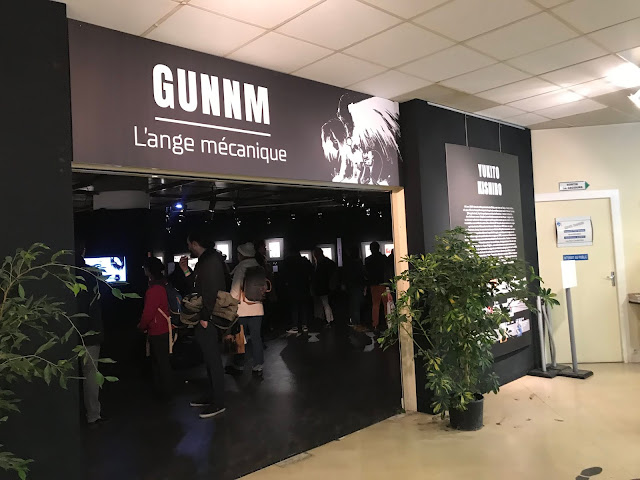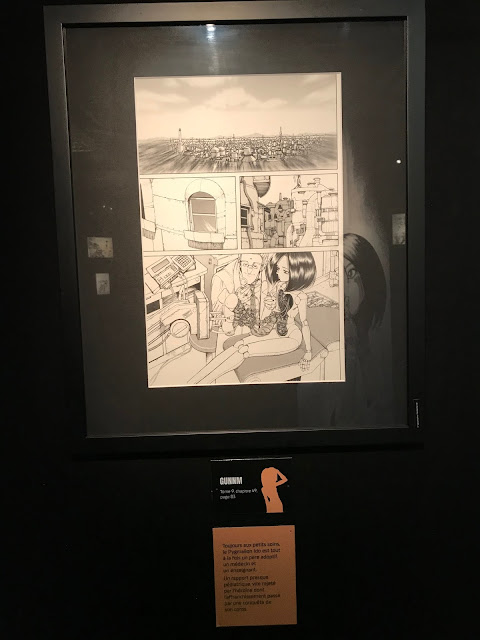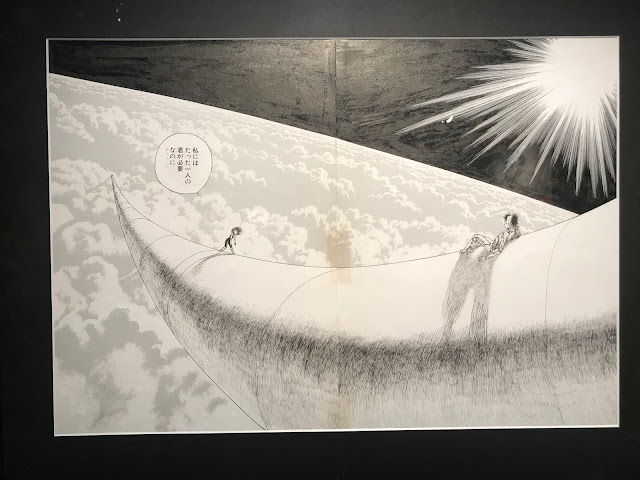INTERNATIONAL JOURNAL OF COMIC ART
Vol. 21, No. 2 Fall/Winter 2019
Editor's Notes
John A. Lent
1
Encrumbed by the Signifying Monkey: Con Men, Cackling Clowns, and the Exigencies of Desire in the Comics of Robert Crumb
Andrew Perry
4
Initial Investigation of Political Cartoons and Illustrations in the Anti-Extradition Bill Protest in Hong Kong
Justin, Chiu-tat Wong
47
War, Romance, and Everyday Life in Beirut's Emerging Alt-Comix Scene
Jonathan Guyer
74
Invisible, Unseeing, Alienated: Mexico and William S. Burroughs in Bernardo Fernandez's Uncle Bill
Ryan Prout
91
Underground Cartoonists Exhibit in the Soviet Union, 1990
Gilbert Shelton
115
Italian Underground, The Secret Life of ltalian Comics, 1968-1978
Simone Castaldi
123
The Intrigue Surrounding China's Ink Wash Painting Animation
John A. Lent and Xu Ying
149
Patriarchal Ideology in Kenya's Editorial Cartoons: A Cultural Studies Approach
Joseph N. Nyanoti
169
178
I'm Blackety Black Y'all: Conventions of the Superhero in the CW's "Black Lightning"
Haley Hulan
202
The Geek Culture in the Urban Environment: The Comics' Characters in Cranio's Graffiti
Joiio Batista Freitas Cordosa
Evandro Gabriel Izidoro Merli
Lucas Scavone
221
Portraying Social Issues: A Heuristic Study of Contemporary Cartoons in India
Mrinal Chatterjee
234
Becoming a Man: The Allure of Muscular Masculinity in Manga by Ikki Kajiwara
Noboru Tomonari
243
Generative Comics: Introduction and Analysis
Malik Nairat and Palle Dahlstedt
268
"Ao Correr da Pena"--"With a Stroke of the Pen" Drawing Vila Franca De Xira and Its People
Marlene Pohle
295
Commentary
I Have Much To Tell You: Reflections on Cartoonists Zapiro and Khalid Albaih
Louise C. Larsen
315
An Interview with M. Thomas Inge
Brian Baynes
331
My Father, Mi Gu, A Masterful Cartoonist
Zhu Yaozhou
Translated by Xu Ying
354
Japan's Country Image: Perceptions of Filipino Early Generations and Anime University Student-Viewers
Joanna Luisa B. Obispo
370
The Skull and the Elephant: The Significance of The Punisher in American Political Eras
Cord Scott
397
Remembrances
13 Major Blows to the World of Comic Art
John A. Lent
411
The Printed Word
John A. Lent
440
Book Reviews
Carlotta Vacchelli
Radmila Stetlcova
John A. Lent
Catherine E. Corder
Stephen Connor
John A. Lent
Xu Ying
444
Exhibition and Media Reviews
Edited by Mike Rhode
468
Exhibition Reviews
Mike Rhode
Mike Rhode
Carli Spina
473
Correction
496
Portfolio
497
Vol. 21, No. 2 Fall/Winter 2019
Editor's Notes
John A. Lent
1
Encrumbed by the Signifying Monkey: Con Men, Cackling Clowns, and the Exigencies of Desire in the Comics of Robert Crumb
Andrew Perry
4
Initial Investigation of Political Cartoons and Illustrations in the Anti-Extradition Bill Protest in Hong Kong
Justin, Chiu-tat Wong
47
War, Romance, and Everyday Life in Beirut's Emerging Alt-Comix Scene
Jonathan Guyer
74
Invisible, Unseeing, Alienated: Mexico and William S. Burroughs in Bernardo Fernandez's Uncle Bill
Ryan Prout
91
Underground Cartoonists Exhibit in the Soviet Union, 1990
Gilbert Shelton
115
Italian Underground, The Secret Life of ltalian Comics, 1968-1978
Simone Castaldi
123
The Intrigue Surrounding China's Ink Wash Painting Animation
John A. Lent and Xu Ying
149
Patriarchal Ideology in Kenya's Editorial Cartoons: A Cultural Studies Approach
Joseph N. Nyanoti
169
Out the Window: Illustrating the Realities of Alzheimer's in Paco Roca's Arrugas
Janis Be Breckenridge
Devyani Gupta178
I'm Blackety Black Y'all: Conventions of the Superhero in the CW's "Black Lightning"
Haley Hulan
202
The Geek Culture in the Urban Environment: The Comics' Characters in Cranio's Graffiti
Joiio Batista Freitas Cordosa
Evandro Gabriel Izidoro Merli
Lucas Scavone
221
Portraying Social Issues: A Heuristic Study of Contemporary Cartoons in India
Mrinal Chatterjee
234
Becoming a Man: The Allure of Muscular Masculinity in Manga by Ikki Kajiwara
Noboru Tomonari
243
Generative Comics: Introduction and Analysis
Malik Nairat and Palle Dahlstedt
268
"Ao Correr da Pena"--"With a Stroke of the Pen" Drawing Vila Franca De Xira and Its People
Marlene Pohle
295
Commentary
I Have Much To Tell You: Reflections on Cartoonists Zapiro and Khalid Albaih
Louise C. Larsen
315
An Interview with M. Thomas Inge
Brian Baynes
331
My Father, Mi Gu, A Masterful Cartoonist
Zhu Yaozhou
Translated by Xu Ying
354
Japan's Country Image: Perceptions of Filipino Early Generations and Anime University Student-Viewers
Joanna Luisa B. Obispo
370
The Skull and the Elephant: The Significance of The Punisher in American Political Eras
Cord Scott
397
Remembrances
13 Major Blows to the World of Comic Art
John A. Lent
411
The Printed Word
John A. Lent
440
Book Reviews
Carlotta Vacchelli
Radmila Stetlcova
John A. Lent
Catherine E. Corder
Stephen Connor
John A. Lent
Xu Ying
444
Exhibition and Media Reviews
Edited by Mike Rhode
468
Exhibition Reviews
Mike Rhode
Mike Rhode
Carli Spina
473
Correction
496
Portfolio
497











































